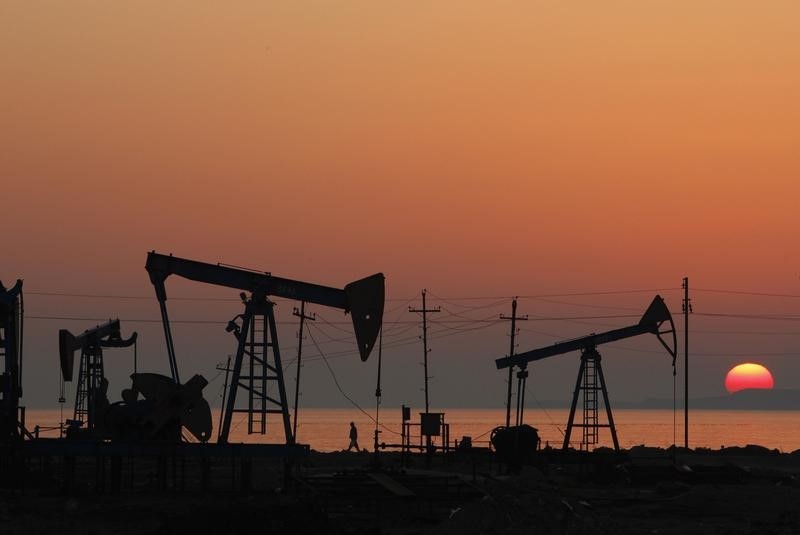Investing.com — The global market is currently facing several headwinds that could lead to lower oil prices. Despite brief rallies, the market has struggled to maintain upward momentum. Piper Sandler analysts expect even more negative consequences.
The analysts examine the key factors contributing to this bearish outlook, including weak demand, oversupply concerns and the broader macroeconomic environment.
One of the main reasons for the expected decline in oil prices is the continued weakness in global demand.
Piper Sandler notes several troubling indicators, especially from China, the world’s largest oil importer. Revised data on Chinese inventories and demand for oil products show a significant contraction in consumption.
From March to July 2024, Chinese demand for finished products fell by 500,000 barrels per day (kb/d) year-on-year, with no signs of immediate recovery. This decline in demand is mirrored in other major economies, where industrial activity and transportation demand remain subdued.
In addition to weak demand from China, global demand for diesel is also underperforming.
“The fact is that the demand for middle distillates is not strong anywhere. Global diesel demand growth has been stable in the last three months ending June and appears unlikely to improve in July-Aug,” the analysts said.
The situation on the supply side is just as worrying. The futures market has shown a consistent contango structure, with future oil prices higher than current prices, indicating expectations of oversupply.
Analysts at Piper Sandler point out that despite recent efforts to control supply, OPEC and its allies are struggling to stabilize the market. The note emphasizes that OPEC will have to make further production cuts once the market enters the fourth quarter of 2024 to avoid a significant price drop.
In addition, inventory levels, especially in the United States, have remained high. This surplus is exacerbated by weak global demand and robust production levels from key producers such as the US, Saudi Arabia and Russia.
High inventory levels are putting additional downward pressure on prices as the market struggles to absorb excess supply.
The broader macroeconomic environment is also contributing to the bearish outlook for oil. Global economic growth is slowing, with key indicators such as industrial production and trade volumes pointing to a slowdown.
The note points out that rising interest rates in developed economies, especially the US, are likely to limit consumer spending and industrial production, further reducing oil demand.
Moreover, Chinese economic policies have failed to stimulate the kind of growth needed to support higher oil prices. Analysts say that despite some policy adjustments, Beijing’s measures have not been enough to stimulate economic activity to a level that would have a significant impact on global oil demand.
The technical analysis of the oil market also supports the bearish case. Piper Sandler notes that crucial support levels have been breached in recent trading sessions, with no clear indications of an impending reversal. The note notes that market sentiment is still near record lows, with speculative positions in Brent futures seeing a sharp decline.


